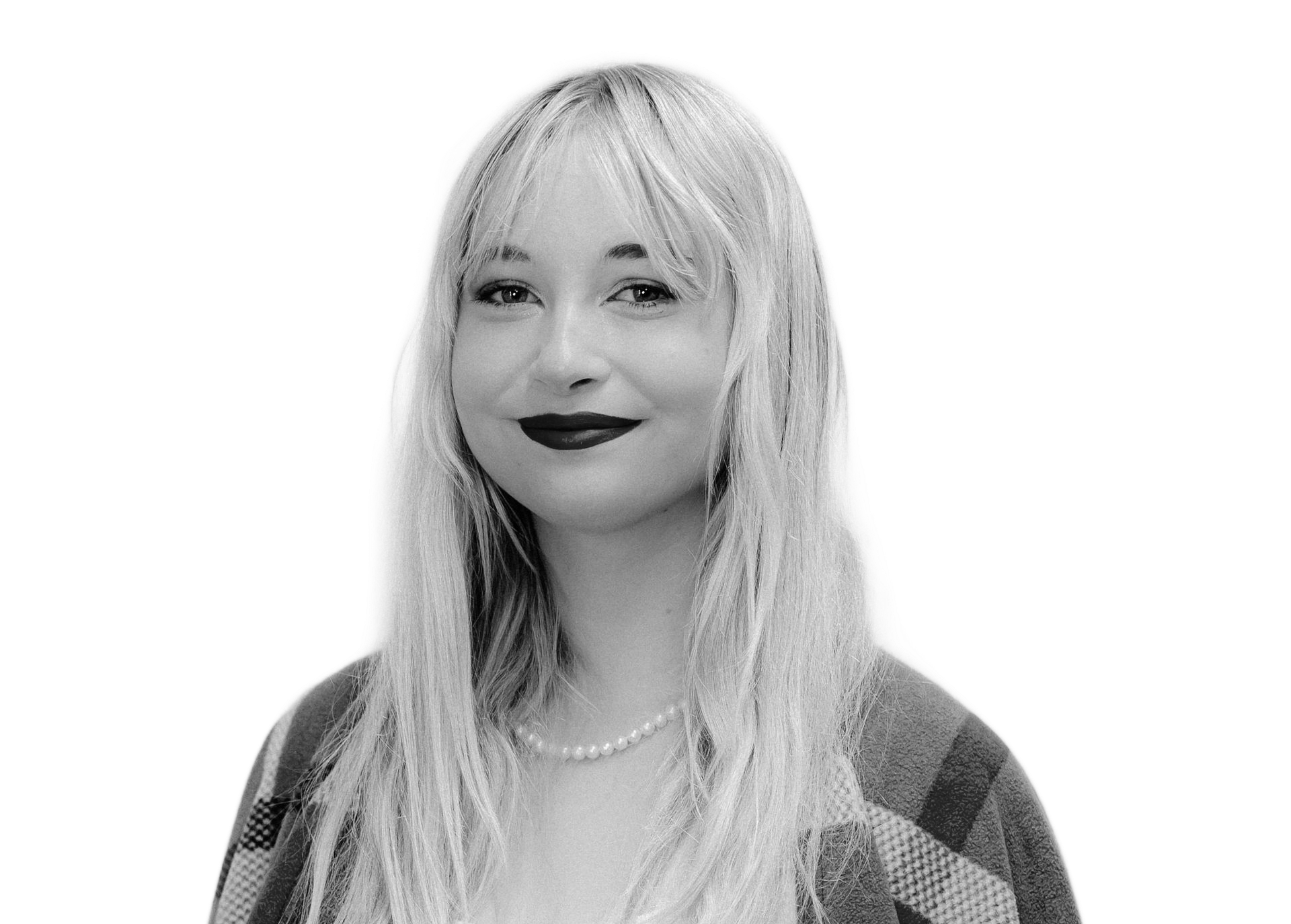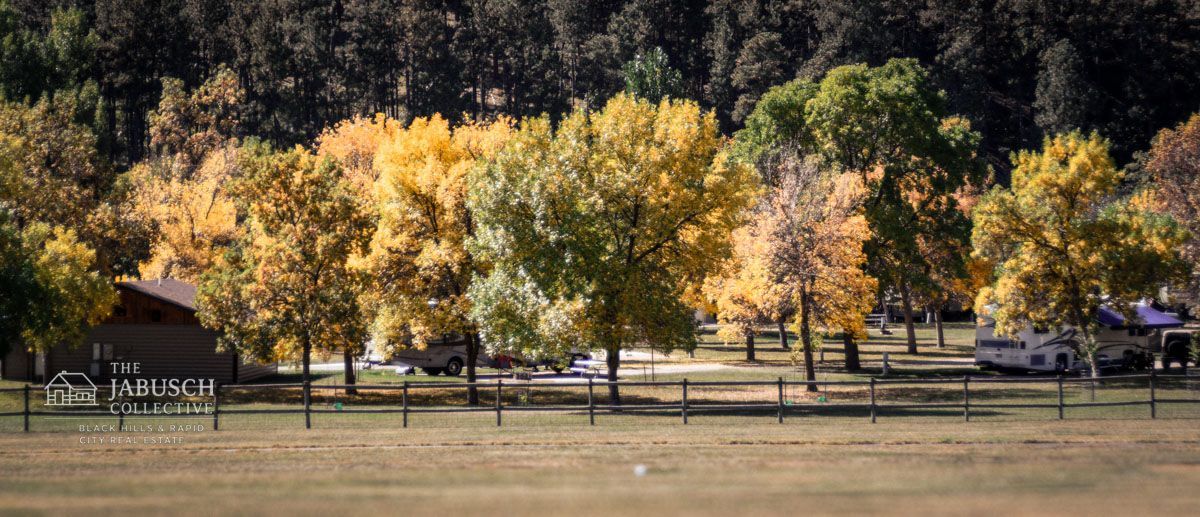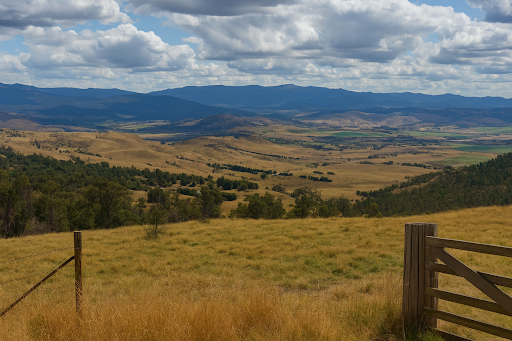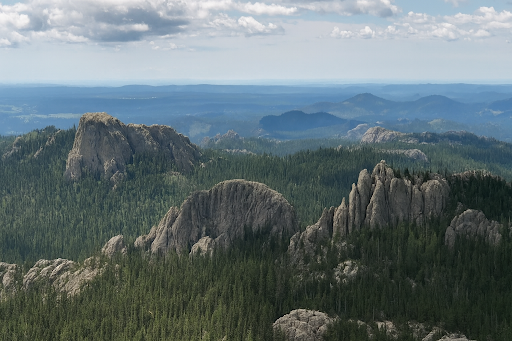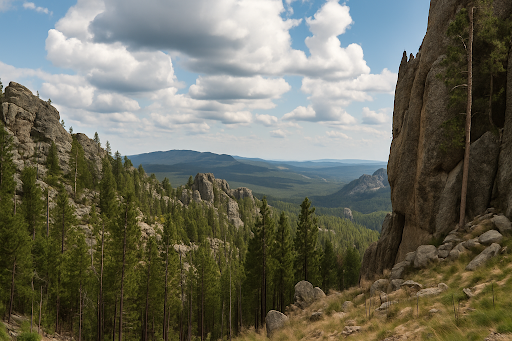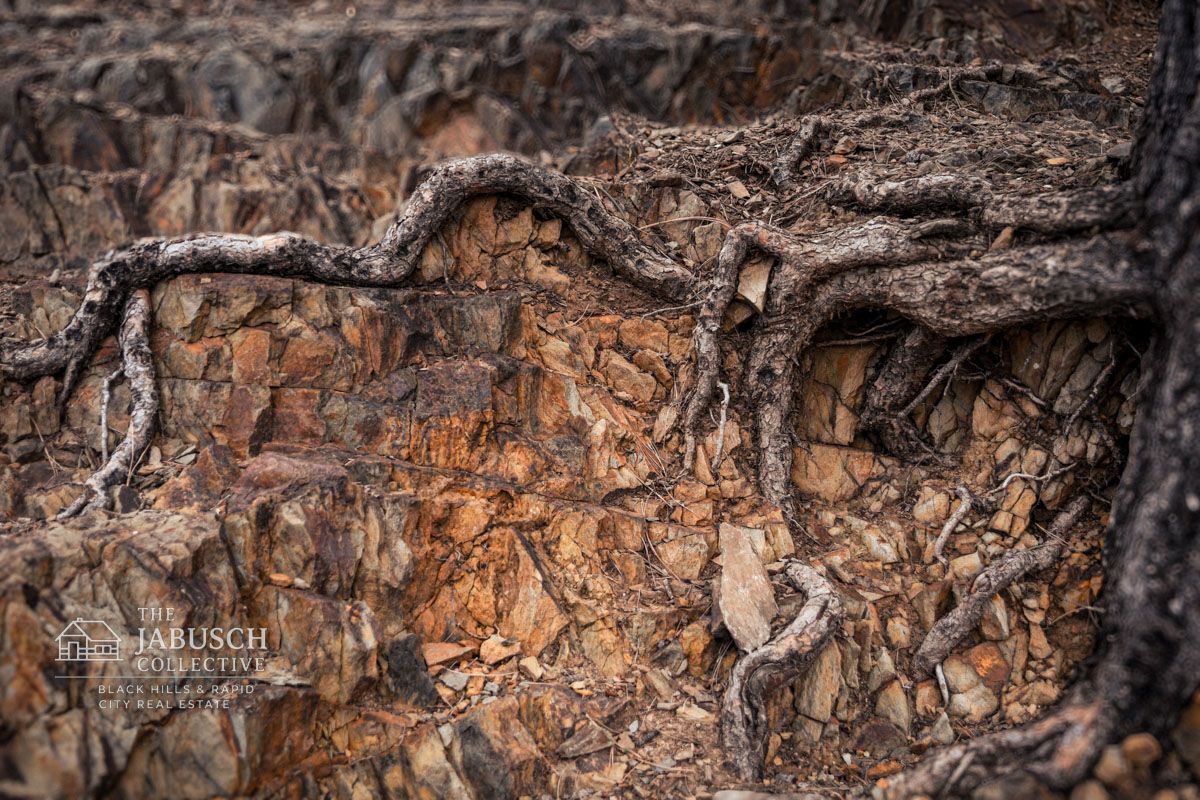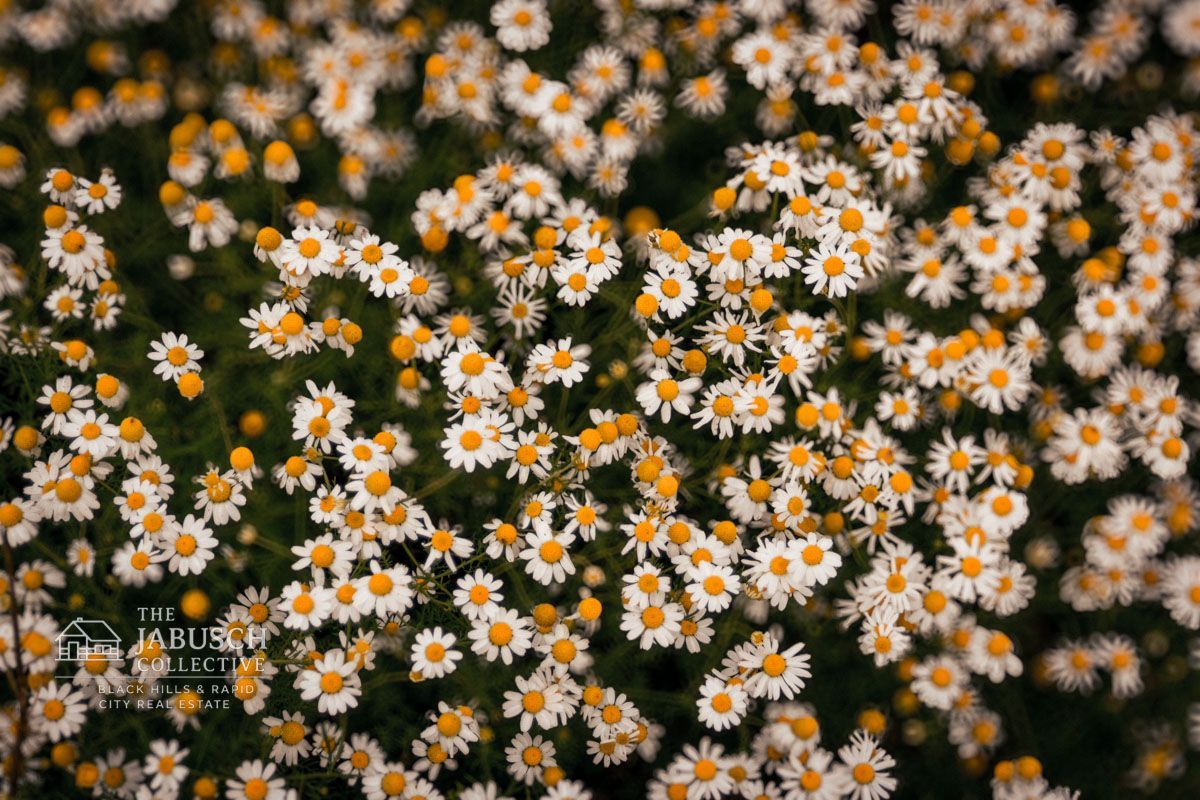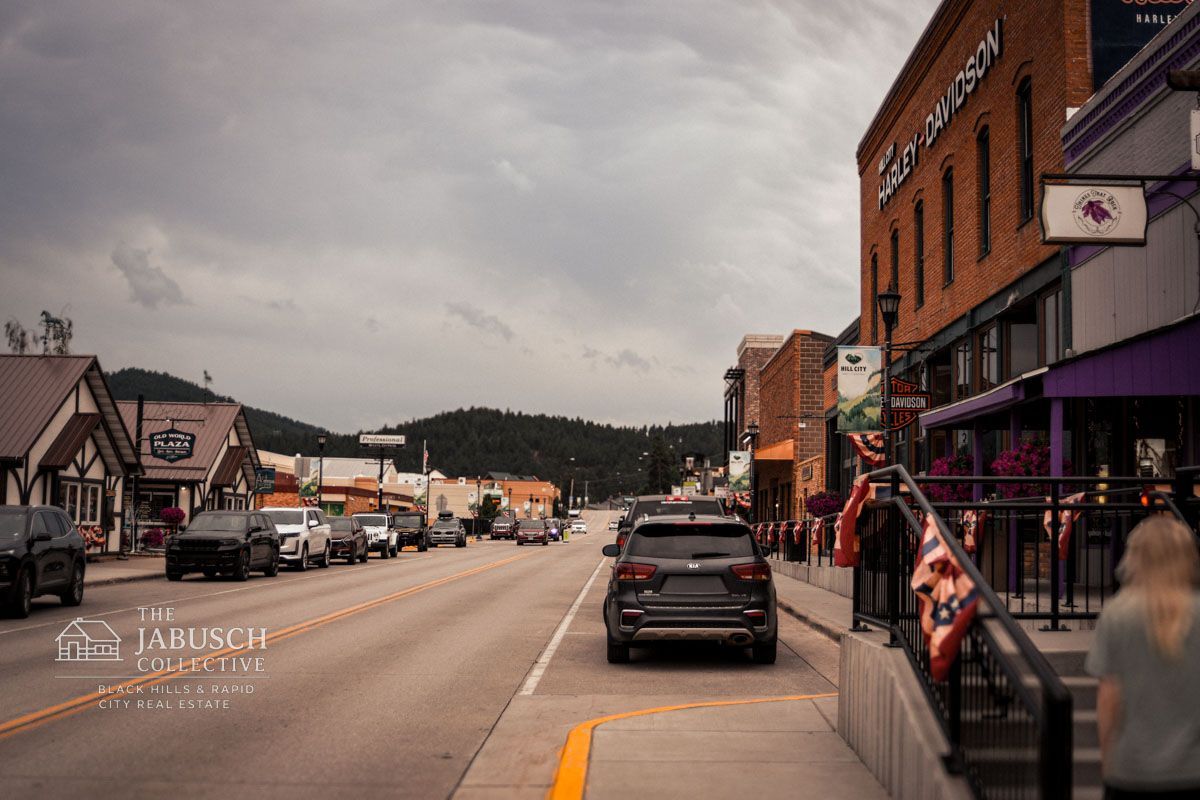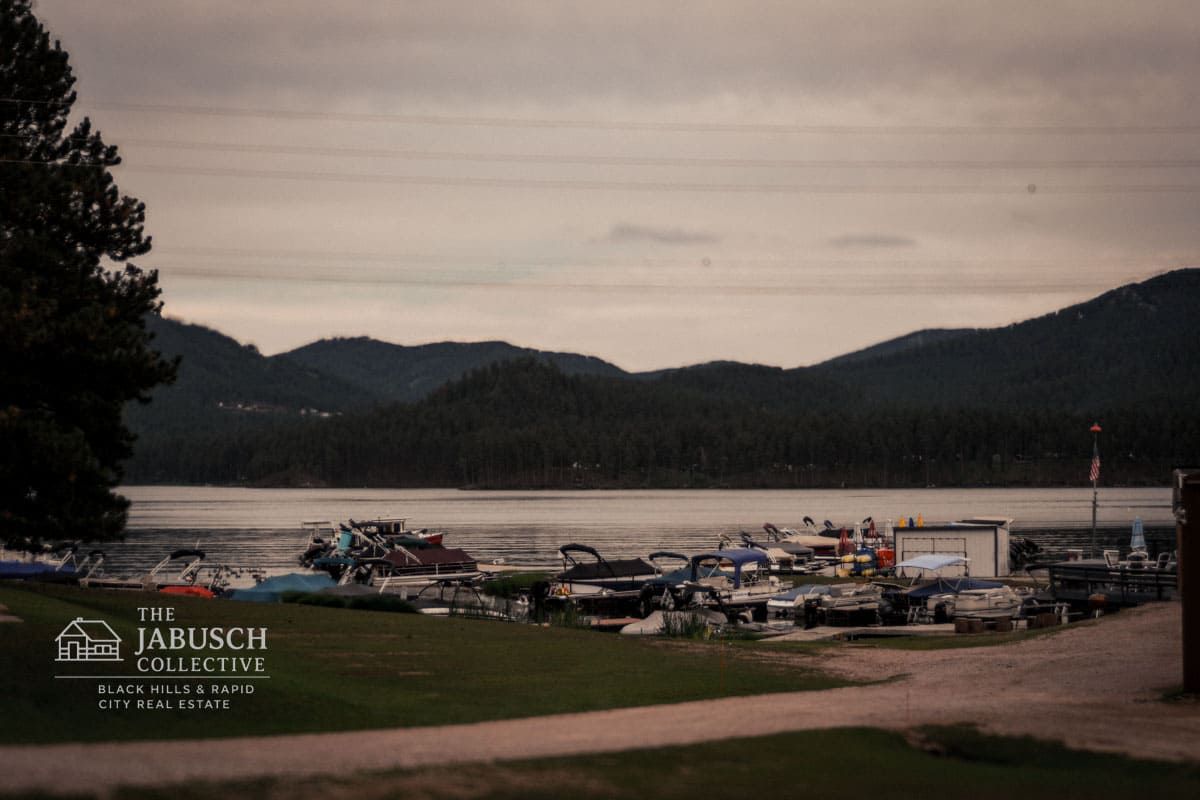Check Out Cabins For Sale in the Black Hills
Get Help Buying A Cabin in South Dakota
Introduction
When people think about South Dakota, they often picture vast prairies, endless skies, and historic landmarks. But tucked away in the western part of the state lies something entirely different—the Black Hills. Towering pines, rolling granite peaks, and winding creeks create a landscape that feels almost made for solitude and self-reliance. It’s here that many people are turning their attention to
off-grid cabins in the Black Hills of South Dakota.
The idea of
living off the grid in South Dakota is appealing for many reasons. Some seek independence from rising utility costs, others want a weekend escape where they can disconnect from technology, and still others dream of building a full-time homestead powered by the land itself. The Black Hills offer all of this and more—plenty of sunlight for solar, clean mountain air, and a growing community of people who value freedom and sustainability.
Whether you’re searching for
off-grid cabins for sale in South Dakota or planning to build your own retreat from scratch, the Black Hills provide a unique opportunity. Living here sometimes means trading convenience for resilience (but it doesn’t have to), and for many, that’s the best trade they’ll ever make.
Our Thoughts: We’ve often thought about off-grid life here, and for us, it’s about more than just land or cabins. It’s about living in tune with simplicity and recognizing that this lifestyle is as much an investment in yourself as it is in property. What makes South Dakota special is the people—there’s such a supportive community here that makes the dream of going off-grid feel realistic, not far-fetched.
Why the Black Hills Are Perfect for Off-Grid Living
If you’ve ever dreamed of
off-grid living in South Dakota, the Black Hills stand out as one of the best regions to make that vision a reality. Unlike the open plains that define much of the state, the Hills are dense with pine forests, rugged rock formations, and hidden meadows. This terrain not only provides breathtaking scenery but also practical advantages for those seeking a self-sufficient lifestyle.
Abundant Natural Resources
The Black Hills region is rich in timber for building and heating, as well as abundant fresh water sources, including streams and springs, and fertile soil pockets suitable for gardening. These natural assets make it far easier to sustain an
off-grid lifestyle in South Dakota compared to areas with harsher or less diverse landscapes.
Four True Seasons
Off-grid living here means preparing for warm summers, colorful falls, snowy winters, and bright spring thaws. Winters can be long and cold, but with proper insulation, wood heat, and solar storage, cabins remain cozy and efficient throughout the year. For many, the changing seasons are part of the charm—life follows nature’s rhythm instead of a clock.
Community and Culture of Self-Reliance
The Black Hills attract individuals who value independence while also recognizing the importance of community and neighborliness. From ranchers and hunters to homesteaders and small business owners, the community here understands resilience. That makes it easier to find advice, resources, or even a helping hand when needed.
Combined, these factors make the Black Hills not just beautiful but practical—a place where
living off grid in South Dakota can be more than a dream. It can be a sustainable way of life.
Our Thoughts:
What makes the Black Hills so unique to us is the abundance—towering forests, fresh water, natural beauty everywhere you look. Beyond the land itself, the community plays a huge role. We’ve had people step in to teach us about the wildflowers, how to make the most of our property, and even plow our driveway in the winter. That kind of support makes a huge difference. And on the practical side, the Hills really do offer everything you’d need to sustain yourself—lumber, hunting, and plenty of water sources.
What Defines an “Off-Grid Cabin”?
Not every rustic cabin in the woods is truly “off-grid.” When people talk about
off-grid cabins for sale in South Dakota, they usually mean properties that operate independently of public utilities. The Black Hills make this setup especially appealing, since the land often allows for a variety of self-sufficient systems.
Power Systems
Most off-grid cabins in the Black Hills rely on solar power, often supplemented by propane or backup generators during cloudy winter periods. In higher ridges where winds are steady, small-scale wind turbines can supplement power, giving cabins a hybrid energy setup.
Water Sources
Water is one of the most significant considerations for
off-grid living in South Dakota. Some cabins have wells or cisterns already in place, while others use rainwater catchment systems. Properties with natural springs are rare gems, but highly sought after.
Waste Solutions
For sewage, septic systems are the most common, though some cabins use composting toilets or graywater recycling systems to reduce dependence on infrastructure. Understanding waste management is key when evaluating a potential property.
Cabin Styles
Off-grid cabins range from minimalist A-frame retreats and tiny homes to full-size log cabins and earth-bermed houses designed for energy efficiency. Some are simple hunting cabins, while others are luxury builds that happen to run off solar and well water.
At its core, an off-grid cabin isn’t about roughing it—it’s about freedom. With the proper setup, these cabins provide comfort while allowing you to step away from traditional utility systems and live on your own terms.
Our Thoughts:
We know firsthand that off-grid living in the Black Hills is more than a dream—it’s completely doable. We know a man who lives entirely off the grid here. He runs on solar power, uses low-wattage lights, cooks and heats with propane, and manages waste with composting and upcycling. Watching how he set everything up has shown us how feasible this lifestyle really is in the Black Hills.
Buying Land for an Off-Grid Cabin in the Black Hills
If you’re serious about
off-grid living in South Dakota, the land you choose will shape everything—from how you power your cabin to how easily you can access it year-round. The Black Hills offer some of the most desirable properties in the state, but they also come with unique considerations that buyers should take into account.
Zoning and Covenants
Not all land in the Black Hills is created equal. Some parcels have covenants that restrict building styles, livestock, or off-grid systems, while others are marketed as “no covenants” land—ideal for true independence. Before
purchasing, review zoning laws and HOA rules to ensure your vision aligns with local regulations.
Access and Roads
A secluded property may sound romantic, but think about practical access. Will your cabin be reachable during heavy snow? Do you need an easement across someone else’s land? Steep driveways and seasonal road closures are standard in the Hills, and they can make year-round living challenging if not adequately planned for.
Utilities: Wells and Septic
Land with an existing well and septic system is a huge advantage, saving both time and thousands of dollars. For buyers searching for
off-grid cabins for sale in the Black Hills, these features often determine whether a property is move-in ready or requires significant investment.
Sun Exposure and Orientation
In a forested area, sunlight can be scarce. When evaluating land, look for open southern exposure where solar panels will thrive. This can make the difference between a reliable energy system and one that struggles through the winter months.
The right parcel of land isn’t just about acreage—it’s about usability, sustainability, and long-term comfort. Choosing wisely sets the foundation for success when building or buying an off-grid cabin in the Black Hills.
Our Thoughts:
One piece of advice we’d give anyone is to know what you want out of the land before buying, because different terrain works better for various purposes. We actually ran into undisclosed septic tanks on land we were going to purchase, and thankfully, our inspector caught it. That experience made us realize how important it is to use a competent inspector, even if you’re “just” buying land. Personally, when we look at properties, we prioritize sun exposure, usable land, on-site water, and existing utilities—it makes a huge difference.
Building vs. Buying an Off-Grid Cabin
One of the biggest questions people face when pursuing off-grid cabins in the Black Hills of South Dakota is whether to build from scratch or buy an existing property. Both paths have advantages and challenges, and the right choice depends on your budget, timeline, and long-term goals.
Buying an Existing Off-Grid Cabin
- Pros: Move-in ready, with systems like solar, wells, and septic already installed. You can enjoy the cabin immediately without months—or years—of construction. Established cabins also give you a clearer picture of how the property functions in real Black Hills weather.
- Cons: The selection is limited, and these cabins often sell out quickly. You may have to compromise on location, design, or layout. Some older cabins also need upgrades to bring systems up to modern standards.
Building Your Own Off-Grid Cabin
- Pros: Total control. You decide the size, style, layout, and sustainability systems. Building new also means modern insulation, energy-efficient windows, and the chance to tailor the cabin to your exact vision of
living off-grid in South Dakota.
- Cons: More planning, permits, and costs upfront. Building in the Black Hills can be tricky due to rugged terrain, steep slopes, and winter weather delays. You’ll also need reliable contractors—or the willingness to DIY.
Costs to Consider
A small off-grid hunting cabin or tiny home might start under $100,000, while a fully customized log or timber-frame retreat can easily exceed $500,000. Most buyers fall somewhere in between, striking a balance between rustic simplicity, comfort, and modern efficiency.
Whether you buy or build, the key is to treat your cabin as an investment in lifestyle, not just real estate. Both routes can lead to the same ultimate goal: a sustainable home nestled within the beauty of the Black Hills.
Our Thoughts:
Personally, we’d prefer to buy a cabin that’s already in place and renovate it to fit our needs. That said, we recognize that different things work best for different people, and our goal is to help others determine what truly works for them. The most significant advantage of building is having total freedom—you can place the cabin exactly where you want it on the land and design it however you like. However, the downside is the cost, the slow timeline, and the challenges associated with the process. Buying, on the other hand, offers ease and speed, but it sometimes means compromising on features or location.
Lifestyle & Challenges of Off-Grid Cabins
The dream of owning an
off-grid cabin in the Black Hills of South Dakota is often fueled by images of cozy wood stoves, mountain sunsets, and peaceful mornings without the hum of city life. And while those moments are real, the lifestyle also comes with challenges that require preparation and resilience.
Daily Rhythms
Life off the grid means adjusting to nature’s pace. Winters demand wood chopping, snow removal, and careful energy use. Summers bring long days for gardening, foraging, or hunting. Unlike suburban living, every task—from heating your cabin to powering lights—requires more direct involvement.
Food Systems
Many who embrace this lifestyle turn to self-sufficiency. Gardening in Zone 4b requires careful planning, but cold-hardy crops such as potatoes, kale, carrots, and cabbage thrive well in this zone. Some residents raise chickens or goats, while others rely on local game and fishing for their sustenance. Food storage—whether root cellars, canning, or freeze-drying—becomes essential.
Connectivity
Living remotely doesn’t always mean being cut off from the world. Starlink satellite internet and even some fiber connections now reach parts of the Black Hills, making it possible to work remotely or stay connected while enjoying
off-grid living in South Dakota. Still, outages happen, and learning to enjoy downtime is part of the lifestyle.
Balancing Solitude and Community
Seclusion is part of the appeal, but emergencies highlight the value of community. Neighbors may be miles away, but in the Black Hills, they often step in to help when snowstorms hit or equipment fails. Knowing how to be independent while also cultivating those connections makes the lifestyle more sustainable.
For those ready to embrace both the rewards and the demands, you will find a deep sense of freedom. This experience can’t be replicated in a conventional neighborhood.
Our Thoughts:
When we picture life in an off-grid cabin, we imagine it being peaceful, rewarding, and deeply enriching. Of course, it’s not without effort, but to us, that effort is part of the reward. We believe the lifestyle requires resilience, but in return, it offers a sense of freedom and peace of mind that you can’t find in the city.
Tips for Success in Off-Grid Living
Stepping into the world of
off-grid cabins in the Black Hills of South Dakota is exciting, but success comes from preparation. A few wise choices can make the transition smoother and ensure that the dream of independence doesn’t turn into frustration.
Start Part-Time if You Can
Before committing full-time, spend weekends or seasons in your cabin. This helps you learn the rhythms of
off-the-grid living in South Dakota—from winter snow loads to summer gardening—without the pressure of relying on it year-round.
Invest in Insulation and Reliable Heat
A wood stove or an efficient propane system, paired with solid insulation, makes the difference between cozy winters and costly, exhausting ones. Many cabins fail not because of location, but because they weren’t built to handle the Black Hills’ cold nights.
Plan for Energy Redundancy
Solar is popular, but having a backup generator or propane system is essential. The Black Hills get plenty of sun, but snowy weeks can put your energy independence to the test.
Think About Resale Value
Even if you never plan to sell, building with quality materials and practical systems protects your investment. Buyers searching for
off-grid cabins for sale in South Dakota will value cabins with modern, reliable setups.
Build Local Relationships
From hardware suppliers to neighbors with snowplows, strong connections make rural living easier. The off-grid lifestyle doesn’t mean going it alone—it means creating resilience through both independence and community.
By keeping these principles in mind, you’ll not only survive but thrive in the Black Hills, creating a lifestyle that’s sustainable for the long haul.
Our Thoughts:
Our most significant piece of advice is to try off-grid living part-time before committing to it full-time. It’s a big step, and while it can be incredibly rewarding, it’s best to ease into it and learn as you go. We’ve found that community support makes a huge difference, and having the right systems in place is non-negotiable—backup energy, sound insulation, and a reliable heat source are what keep off-grid living sustainable in the Black Hills.
Conclusion
Choosing to live in an
off-grid cabin in the Black Hills of South Dakota isn’t just about real estate—it’s about embracing a lifestyle of freedom, self-reliance, and connection to the land. The Black Hills offer something rare: rugged mountains, thick forests, and a community that understands the balance between independence and support.
Whether you’re browsing
off-grid cabins for sale in the Black Hills, searching for that perfect piece of land, or planning to design your own retreat, the opportunity here is unmatched. Yes, the lifestyle comes with challenges—long winters,
hands-on maintenance, and the need to plan—but those who commit to it find a level of peace and satisfaction that city living can’t replicate.
At the end of the day,
living off grid in South Dakota means trading convenience for resilience, and noise for quiet. It’s a chance to live in step with the seasons, rely on your own hands, and create a home that truly reflects your values. For many, the Black Hills aren’t just a location—they’re the beginning of a new way of life.
For us, the Black Hills are special because the climate here feels so unique—it’s friendly and welcoming most of the year, with winters being the only real challenge. We absolutely see ourselves in this lifestyle one day, because we believe it’s not just about cabins or land—it’s about freedom. We genuinely believe it’s your birthright to live this way, connected to the land and independent from systems.


